AMD’s Radeon HD 5450: The Next Step In HTPC Video Cards
by Ryan Smith on February 4, 2010 12:00 AM EST- Posted in
- GPUs
The Almost Perfect HTPC Card
When AMD told us that the Radeon 5000 series would offer bitstreaming audio support, our first thought was “this will make an excellent HTPC card.” Unfortunately since AMD started the launch at the high-end, we’ve had to wait some time for bitstreaming audio to cascade down to the passive cards best suited for an HTPC. With the launch of the 5450, that has finally come to fruition.
This in turn has lead us to reexamine the HTPC situation in order to see if the 5450 is really powerful enough for video-only HTPCs. While the Radeon 4350 and 4550 raised the bar for HTPC cards by offering 8-channel LPCM audio, problems ultimately surfaced with their video capabilities. Since deinterlacing and other AVIVO post-processing actions are done by the shader hardware, the limited shading capabilities of these cards meant that AMD couldn’t offer the full suite of AVIVO abilities at once. It was still enough to get perfect scores on the HD HQV test, but these deficiencies became apparently under the wrong situations.
The chief complaint here was that AMD’s best and most computationally intensive deinterlacing mode - Vector Adaptive Deinterlacing - wasn’t always made available for HD resolution video. This has waffled back and forth depending on the driver version, but right now AMD’s drivers lock out this feature (and most of the other AVIVO features) if Smooth Video Playback is enabled. So 4350/4550 owners had to choose between VA and other features without being able to have it all.

AVIVO Control Panel
When doing the research for this review we came across these complaints, and also a very interesting test for the issue: a specially crafted heavily interlaced 1080i MPEG-2 file called Cheese Slices, made by blaubart of the AV Science Forum. Cheese Slices is what amounts to an stress test that has more noise and interlacing artifacts in it than any real video would have, and is more than deinterlacers today can handle. It’s an unfair test – but that’s by design – as it does a very good job of highlighting when Vector Adaptive Deinterlacing is in use. With Cheese Slices, we can easily tell if Vector Adaptive mode is being used, or a lesser mode like Motion Adaptive is in use by what happens to the angled lines inside the geometric figures. Smooth lines are Vector Adaptive deinterlaced, jagged lines are deinterlaced with a lesser mode.
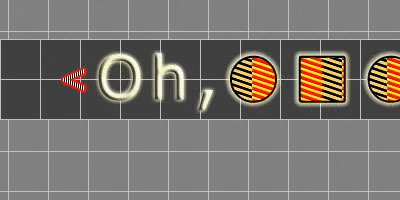
Reference quality: non-interlaced
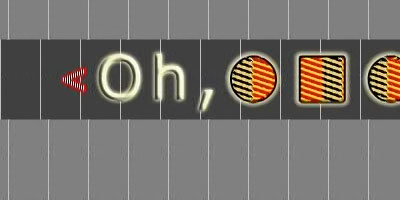
Radeon 5670 Deinterlacing
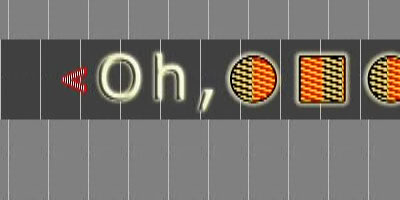
Radeon 5450 Deinterlacing
For the sake of reference, the Radeon 5670 and higher pass this test. Cards at that performance level have more than enough shader power to process all of the AVIVO effects and provide Vector Adaptive Deinterlacing at the same time, and this is the same case for the 4600 series. The 4550 on the other hand fails this test so long as Smooth Video Playback is enabled, as it’s outright disabling Vector Adaptive Deinterlacing.
As for the 5450, the results aren’t quite what we were hoping for. AMD believes that the 5450 is powerful enough that they allow it to use all of the AVIVO processing features at once, which means the drivers allow us to turn on things like Vector Adaptive Deinterlacing and denoising even when Smooth Video Playback is enabled. However in our tests with Smooth Video Playback enabled, Vector Adaptive Deinterlacing isn’t used even when we force it through the drivers. Everything else works with Smooth Video Playback enabled, just not Vector Adaptive Deinterlacing. If we disable Smooth Video Playback, then Vector Adaptive Deinterlacing will kick in.
We’ve informed AMD of our findings, and they’re still looking in to the issue. However we believe that the problem is ultimately a lack of resources on the 5450 to handle all of this, so we’ll see what they come up with.
It also wouldn’t be fair on our part to harp on this too much, as by no means is the 5450 a bad HTPC card. Everything else works correctly and AMD’s Motion Adaptive mode is quite good. In fact the only practical reason that Vector Adaptive mode matters is that it handles one thing better than Motion Adaptive: angled lines. The lines on sports fields suffer badly from interlacing artifacts, and Motion Adaptive mode can’t completely reconstruct them correctly; you need Vector Adaptive to accomplish this. So the only issue with the 5450 as an HTPC card is that it’s not a great choice for watching sports on a large TV where Motion Adaptive Deinterlacing would result in jagged lines on the field.
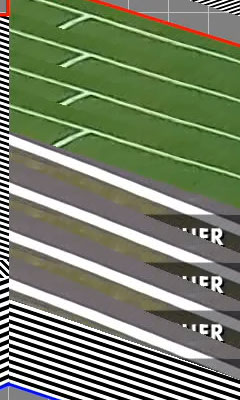
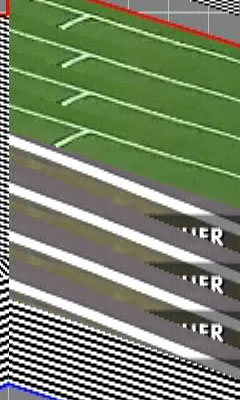
Sports field lines: Non-interlaced on the left, 5450 Deinterlaced on the right
It’s a small edge case, but it’s something that keeps the 5450 from being the perfect HTPC card. Most people should be fine with Motion Adaptive deinterlacing, but if you need perfect AVIVO performance from an AMD card, you’re going to need a Redwood card such as the 5670 at this point in time. This stands as something AMD can improve for videophiles for their next series of low-end cards, similar to how they improved things for audiophiles by adding bitstreaming audio support for the 5000-series.
We also quickly tested NVIDIA’s lower-end cards here to see how they fare. NVIDIA doesn’t offer as many post-processing controls as AMD does, instead leaving it up to the drivers to decide on most things. NVIDIA’s hardware is capable of similar deinterlacing abilities as AMD’s hardware, it just isn’t user-selectable.
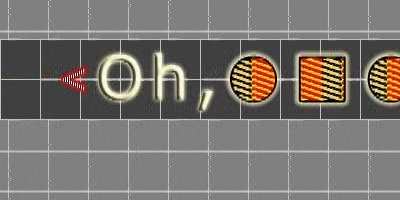
GeForce 210 Deinterlacing
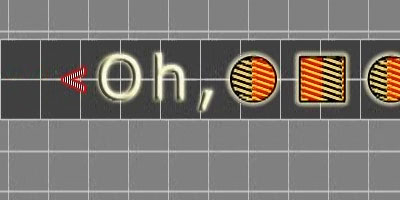
GeForce GT 220 Deinterlacing
The GeForce 210 fares better than the 5450 with Smooth Video Playback here, but it still produces a rough output. Once we move up to the GT220, NVIDIA’s deinterlacer fully catches up and perfectly deinterlaces the angled lines on Cheese Slices.
Finally, if you’d like to see the full 1920x1080 resolution screenshots of our tests, you can get them here.










77 Comments
View All Comments
andy o - Thursday, February 4, 2010 - link
So far the most reasonable explanation I've seen by googling is someone if a forum suggesting that its function is just disabling certain features so as to prioritize smooth playback over those features. I don't see any difference with the 5770, otherwise (with that card it doesn't disable anything).UNCjigga - Thursday, February 4, 2010 - link
I sort of assumed it was similar to what 120hz/240hz LCD TVs do: use a frame doubler to more closely match your monitor's refresh rate and give the impression of "smooth" motion.andy o - Thursday, February 4, 2010 - link
I don't think so, most PC displays are 60 Hz, and I think even most 120 Hz TVs only take up to 60p input. There's only a couple of 120Hz-input monitors.therealnickdanger - Wednesday, February 10, 2010 - link
Actually, most CRTs using analog connections are capable of 120Hz. DVI, HDMI, and DisplayPort do not support digital transmission speeds over 60Hz. It's a sad state of affairs if you ask me.sc3252 - Thursday, February 4, 2010 - link
I know this isn't exactly supposed to be a fast card, but its clocked ~10% faster yet its slower than the last generation card... I can't say I am surprised though, after seeing the 5770 clocked faster than the 4870 yet being around the same speed.StevoLincolnite - Thursday, February 4, 2010 - link
I think people are missing allot of the big picture here and that's Crossfire with the Radeon 54xx series.Specifically with the new 8 series of chipsets, hence the amount of shaders present, I expect a return of Hybrid Crossfire.
Pairing an IGP with a low-end card is a very cost effective solution to getting more performance out of a system and also gives AMD an edge in getting more people to buy an AMD Processor+Chipset+Graphics card.
ereavis - Thursday, February 4, 2010 - link
"me too" I'd dig a 758G Hybrid Crossfire review with this and the other sub $100 Radeons (if they support x-fire) 785 was a great motherboard to match with the Athlon II and Phenom II X2-X3, some of us were waiting on video card purchases and would like to see Crossfire 54XX/56XX compared to a 5750 discrete for example.JarredWalton - Friday, February 5, 2010 - link
Fun fact: HD 5450 is about 40% faster than my pathetic old 7600 GT in my work PC. Remember when 6600 GT was da bomb? LOLQuietOC - Thursday, February 4, 2010 - link
The 80 shader discrete Radeons are just too limited by 64-bit DDR3. The 785G has more bandwidth and the same number of ROPS (mine even runs fine at 1GHz.) If they had cut the power usage of the 5450 down a lot more it may have made some sense.Totally - Thursday, February 4, 2010 - link
5770 128-bit bus, 4870 256-bit busagain 5450 64-bit bus, 4550 128-bit bus